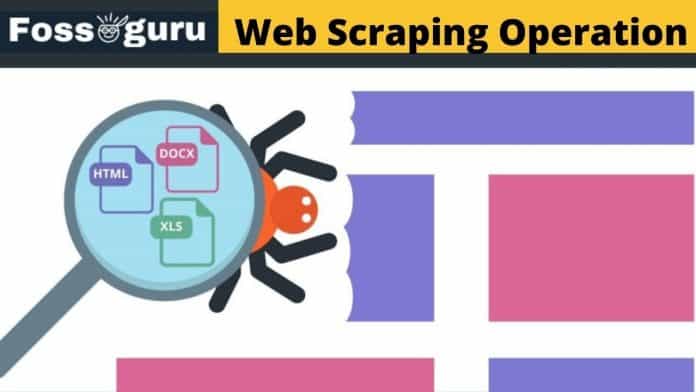In our day-to-day life, we need to analyze the data of the relevant industry. The data may be collected from social media, eCommerce sites, media pages, competitors’ websites, and other relevant review sites. However, the data can be collected in various operations. Your Web Scraping Operation is one of the best ways to collect informative data for extensive data analysis and business research.
What is Web Scraping?
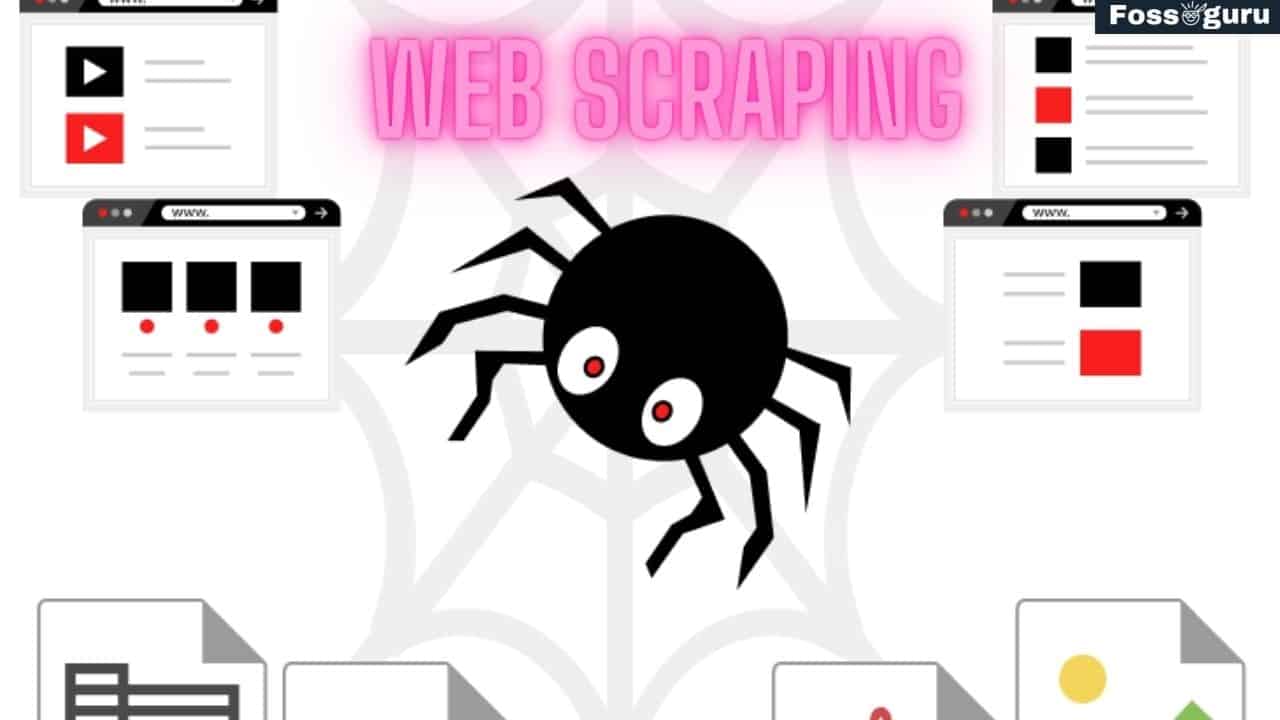 Web Scraping or web harvesting is the web data extraction process from the available resource. It can be the competitor’s website, business directory, and yellow pages. It has many names, like data extraction or scraping, web harvesting, data collection, etc. Whatever the case, the central theme is collecting the other websites’ required data differently. Sometimes it works in the state of WEB API.
Web Scraping or web harvesting is the web data extraction process from the available resource. It can be the competitor’s website, business directory, and yellow pages. It has many names, like data extraction or scraping, web harvesting, data collection, etc. Whatever the case, the central theme is collecting the other websites’ required data differently. Sometimes it works in the state of WEB API.
Is Web Scraping Legal or Permitted?
Before writing the article, the question of legality comes to my mind. What’s wrong if I do Web Scraping online? The answer to the question depends on the uses and the targeted website. For example, Amazon prohibits the job of Web Scraping.
The big companies do Web Scraping operations on a big scale but are against the Web Scraping service. The federal court system is also concerned about the service of scraping website information. Almost 20 web bots make some illegal actions, line denial of service, data theft, stealing of intellectual property, online fraud, account hijacking, and unauthorized vulnerability scans.
Web Scraping Operation is a gray area in terms of uses. When you use a bot to scrap data from another website, it becomes a nuisance. On the other hand, when you do the same job using the manual process, it will be great. In 2000, eBay also claimed against an organization for violating the Trespass to Chattels law.
In simple language, using or applying a bot to any website is a nuisance. Applying the manual scraping operation has no objection. Moreover, some websites prohibit the scraping of the Web.
Why Will You Do a Web Scraping Operation?
We already know big data, machine learning, and artificial intelligence terminology. But, applying AI to small and medium businesses is costly and may not be suitable. But, the collection of data and analysis is a requirement. To get rid of the problem, you can use the Web Scraping Operation. The process will be more comfortable with the API or some special tools. The data can be collected from publicly available websites.
The Best 5 Ways for Web Scraping Operation
You can do Web Scraping in various processes. The legality of the websites depends on the use of data. When you use it for business research, then it may be legal. On the other hand, if it is for competitive analysis, it would be under legality. However, we are elaborating on the best 5 ways to perform Web Scraping.
1. Uses of Proxies Service
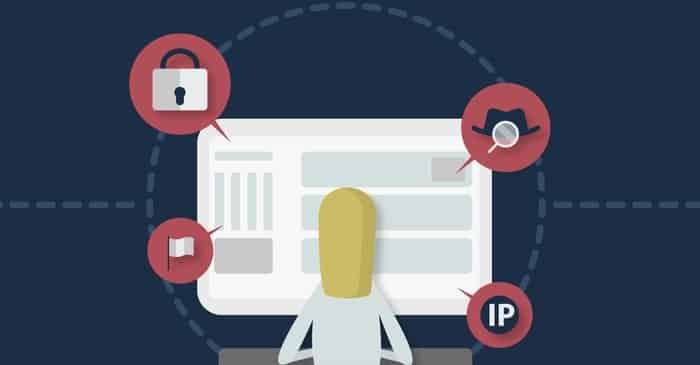 Proxy is the intermediary service to the internet. It makes the user anonymous. So, if you analyze your competitor, they will not block you. The proxy server will be similar to another regular visitor.
Proxy is the intermediary service to the internet. It makes the user anonymous. So, if you analyze your competitor, they will not block you. The proxy server will be similar to another regular visitor.
We recommend using Residential Proxies better to service the standard web proxy service for anonymous browsing. It makes a buffer between a business and malware. This proxy service is helpful for anonymity on internet browsing. You can use Residential Proxies ‘ service when you want to unblock yourself from geo-locking services and work with competitor research.
2. Use Headless Browsers
 The headless browser works like the common browsers based on a command-line interface. The developers usually use it to test their websites during development. This browser is widely used for Scraping sites for data.
The headless browser works like the common browsers based on a command-line interface. The developers usually use it to test their websites during development. This browser is widely used for Scraping sites for data.
The Headless Browser is the fastest solution for anonymous browsing. It will make the user effective and efficient in the operation of Web Scraping. The process will be efficient when you collect a large amount of data regularly.
3. Update Your Browser Fingerprint Often
 Browser Fingerprints collect data from visitors from a remote location. The webmaster uses it for the security of the website. The website uses special scripts to know about your site, the browser you use, gender, and computer systems.
Browser Fingerprints collect data from visitors from a remote location. The webmaster uses it for the security of the website. The website uses special scripts to know about your site, the browser you use, gender, and computer systems.
Sometimes using the proxy server may is not enough for your Web Scraping Operation. In that case, you can update your browser fingerprint often.
Some websites compare the IP addresses with a browser fingerprint they can detect by examining a cookie. When the Browser Fingerprint and the IP do not match up, the website owner can easily catch users’ intentions.
Some essential recommendations are to clear cookies regularly, use the latest version of browsers, and block JavaScript and Flash. To avoid the denial of service, you can remove the Browser Fingerprint before the operation of web harvesting.
4. Rotate IPs More Often
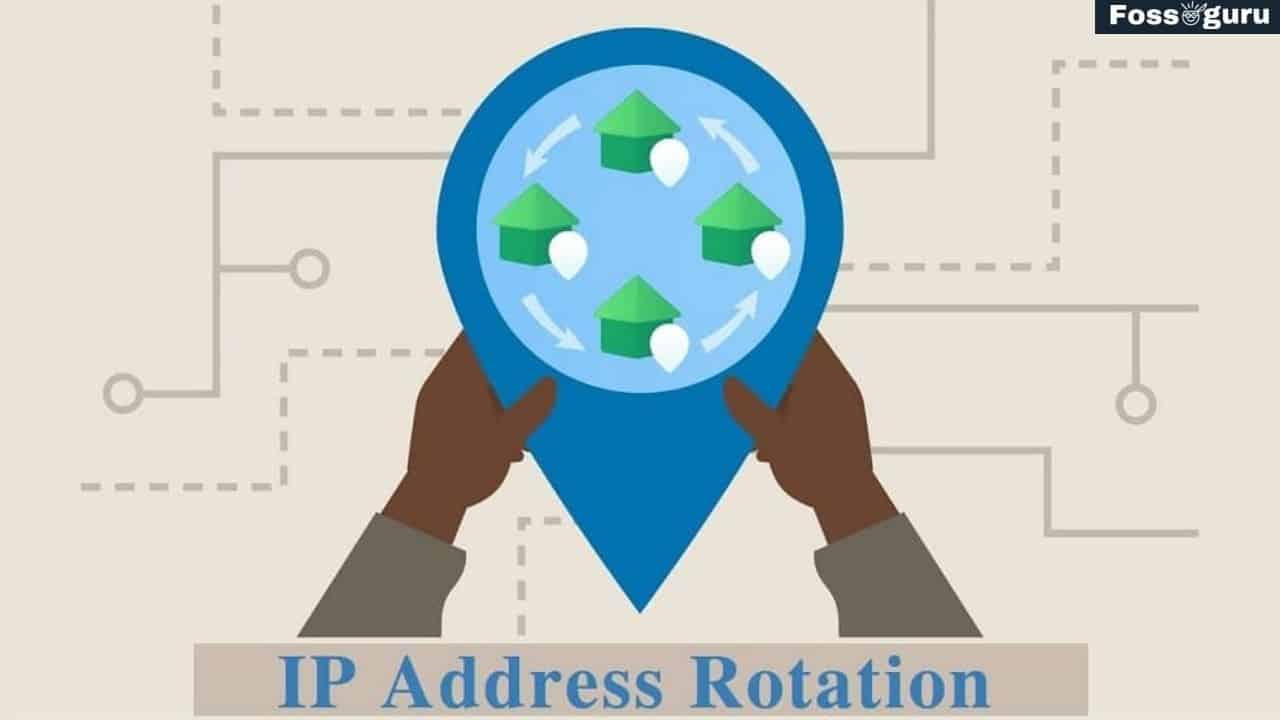 The residential proxy is connected to a specific location. There may have a routing IP. It may switch from one IP to another IP during your visit. The service of rotating IPs is to avoid being detected by many actions from the exact location. The routing of IPs will transfer from one IP to another and resembles the actual users.
The residential proxy is connected to a specific location. There may have a routing IP. It may switch from one IP to another IP during your visit. The service of rotating IPs is to avoid being detected by many actions from the exact location. The routing of IPs will transfer from one IP to another and resembles the actual users.
5. Learn Advanced Python Web Scraping Tactics
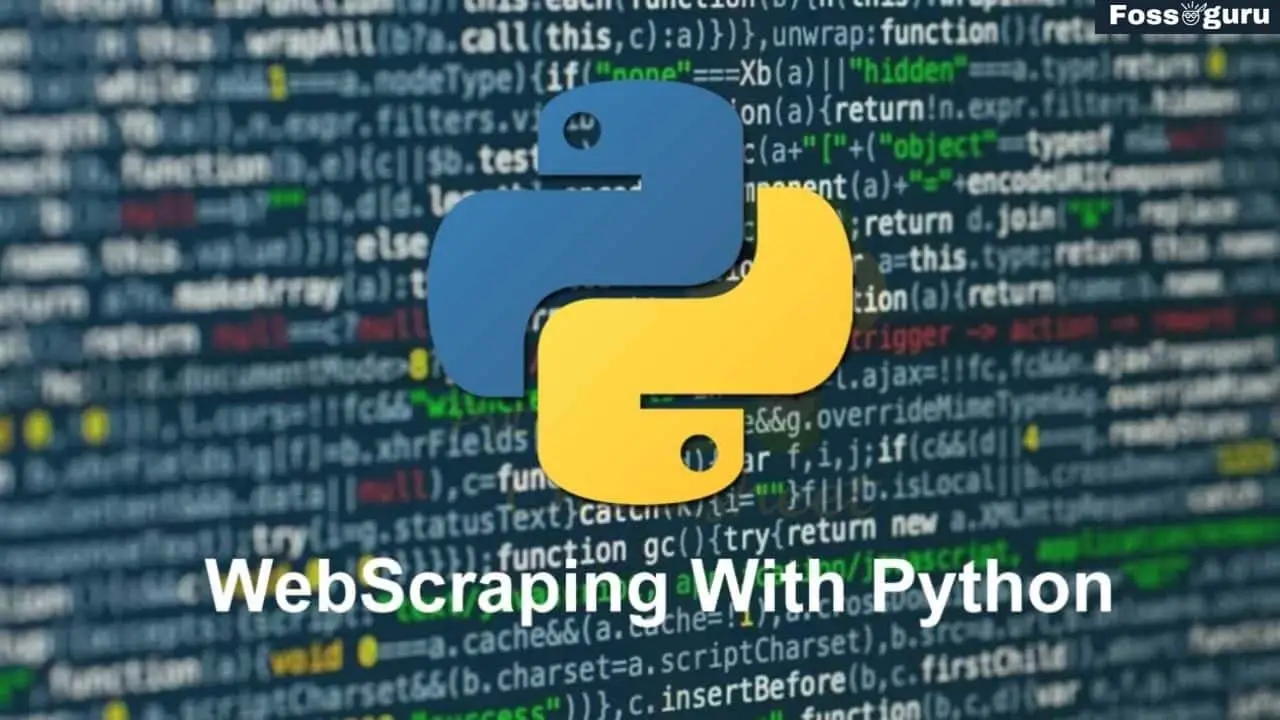 Python is easy to code language for general programmers. It is HTML, like a programming language. When you are an expert, you will quickly develop a mechanism of Web Scraping Tactics. But it will take practice and time.
Python is easy to code language for general programmers. It is HTML, like a programming language. When you are an expert, you will quickly develop a mechanism of Web Scraping Tactics. But it will take practice and time.
Final Thoughts
User-generated data is produced up to the minute; web scraping is essential to keep up with it. An effective web data extraction needs the appropriate tool with residential proxies and headless browsers. Moreover, Clearing browser footprint and rotating proxies can improve speed and boost security for successful web scraping.
We will not dig down to whether Web Scraping is legal or not. In our study, we have tried to find ways to improve your Web Scraping Operation in 2023.
Additional resources:
- It is always best to learn Python programming to keep skillsets current
- Top skills to become a machine learning engineer
- Python Language: what you need to know





